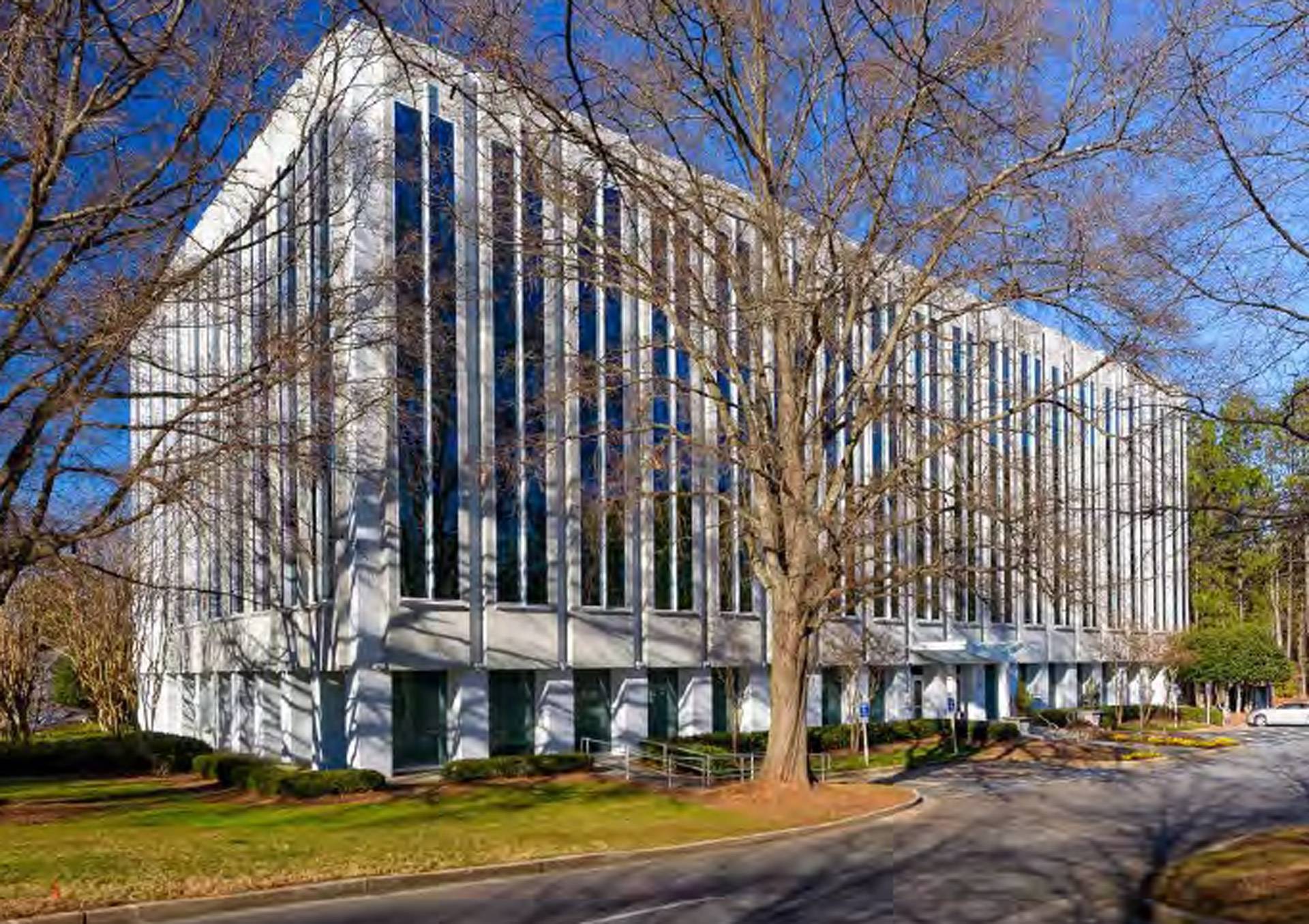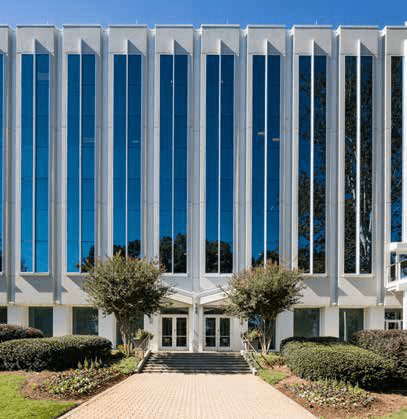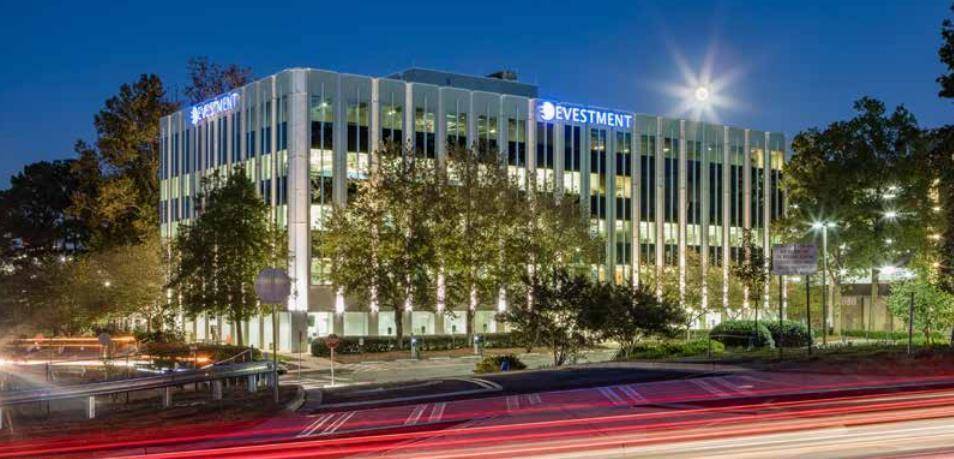
-
GLENRIDGE MEDICAL 22
-
100 Glenridge Point Parkway North East, Atlanta, Georgia, USA
-


Company Info
Aspinal of London is the quintessential English luxury lifestyle brand offering womens designer handbags & purses, mens wallets & luxury leather gifts.
WELCOME TO THE WORLD OF ASPINAL
Aspinal of London is founded on the fundamental premise of offering our customers the most beautiful, elegant and refined designs of superior quality - to enjoy for a lifetime.
Each piece is created by our amazing talented team of designers, headed by our Creative Director Mariya Dykalo, in our West Sussex Headquarters, deep in the heart of The National Park of West Sussex Downs. Each piece is handmade by genuine leather craftsmen and women, to bring to you at an affordable price and great value.
Our entire team is genuinely proud of the work they produce and our daily satisfaction is receiving feedback from you our customers and exceeding your expectations in every way.
We strive to achieve the highest standards of quality and care right from our workshops through to our customer care team and direct to you. We always perform to the best of our ability and are often known to even perform miracles to deliver our customer's needs.
We want you to enjoy and appreciate the entire shopping experience with us and cherish your Aspinal products for years to come. Most importantly we want you to feel a friend of the Aspinal team.
If you prefer to visit us in store, please see our list of ten stores in London including Selfridges and Harrods and our customers services team will be pleased to help you on the phone. Full details of our stores, concessions and stockist can be viewed here.
Thank you, we look forward to welcoming you to Aspinal and serving you for years to come. Our business is your enjoyment of beautiful, quality, elegant and refined English luxury lifestyle.
Investment Highlights
The equity investment of $5 million is available from $5,000, in the real estate called Glenridge, located in the Central Perimeter of Atlanta, United States.
As Central Perimeter’s closest office node to Buckhead, this distinctive quadrant is walking distance from a long-list of dining options, several hundred high-end multi-family units and established executive single-family neighbourhood’s including Chastain Park, Capital City Club/Brookhaven, and High Point/Meadow-brook. Central Perimeter is widely known for its popularity among large corporate tenants
The location also benefits from its proximity to the Medical Center MARTA station, less than ½ mile east of Glenridge. This MARTA station is in the heart of “Pill Hill”, the Southeast’s largest concentration of medical facilities and services, which consists of three major hospitals and is Glenridge’s neighbour to the east.
The buildings commercial tenants will be replaced over time for medical service providers, and the long-term strategy is to expand the lettable square ft by adding a new medical wing on the unutilized land. .

MARKET OVERVIEW
This is reflected in Atlanta’s medical office market, which continued to enjoy low vacancy levels and rising rental rates, along with limited construction. Demand was very strong in Atlanta’s medical office sector during 2018, and healthcare continues to be a growth driver in the local economy.
For the past several years the Atlanta medical office market has seen steady levels of demand and limited development, which has brought vacancy down from over 15% to less than 9% today. This has given rise to healthy rent growth and gained the attention of investors, who see Atlanta as a strong market in which to deploy capital.
More development is likely to begin in the coming months, and the market can certainly benefit from additional product in high-demand neighbourhoods. In 2019 we expect to see continuing rent growth, a rise in new construction and a vacancy rate that will continue ticking downward.
We are seeing Cap Rates moving higher, predominantly due to the past years of increases in the interest rate. With the construction activity slowing and the Fed increasing dovish sentiment we anticipate that the Cap Rates will stabilize in 2019.

LOCATION OVERVIEW
The metropolitan area is made up of 29 counties spanning 22,592 square kilometers. Metro Atlanta is one of the fastest growing metros in the U.S. and has the 10th largest metro economy in the U.S. as measured by Gross Metro Product (GMP). The area is home to 5.9 million people and more than 150,000 business establishments.
The Southeast’s population is 83.7 million, and its economy is the largest of all U.S. regions. Gross Domestic Product (GDP) in the Southeast measured $4.1 trillion in 2017.
While Atlanta’s quality-of-life characteristics have historically proven to be a primary draw for immigration, tremendous job growth from relocating and expanding companies has been particularly impactful during this expansion cycle with more than 400,000 net new jobs added in the last five years.
Diversified and substantial investment from corporations and state and local governments make Atlanta an incredible place to do business. As further proof that Atlanta is a mainstay of global commerce, this fast-growing metropolis is also hosting to the busiest airport in the world, Hartsfield-Jackson International Airport servicing more than 100 million passengers per year.
As the economy remains in expansion mode, Fortune 500 businesses continue to focus on streamlining their operations in regions with lower operating costs and a well-educated, growing labour force. This talent pool coincides well with Atlanta’s prime location within a short-flying distance of a clear majority of US population centers. Atlanta’s concentration of highly-educated professionals will continue to make the area a preferred destination for corporate relocations and expansions.
- Twenty-five metro Atlanta-headquartered companies are ranked on the 2017 FORTUNE 1000
- Headquarters locations of 16 firms listed in the most recent FORTUNE 500 list
- Georgia ranks third in the nation for its number of FORTUNE 500 companies behind only New York (47 firms) and Houston (22)

NEIGHBOURHOOD OVERVIEW
The nucleus of the Central Perimeter submarket remains in the immediate vicinity of Perimeter Mall on Ashford-Dunwoody Road where the submarket originally evolved. Other office nodes have developed in the Central Perimeter area as the submarket’s center of gravity has shifted to become more balanced along the GA 400 corridor. The area possesses a mature amenity base of hotel and retail development to support a large base of white-collar office employees.
The Perimeter Center district is one of the largest, employment and retail districts in Metro Atlanta and offers approximately 200,000 jobs. The jobs are in high-paying industries, such as healthcare, technology, and finance/insurance and have led to nearly 82% of residents possessing white collar jobs and average household incomes of nearly $134,000 per annum.
Central Perimeter is the location of choice for many of Atlanta’s businesses professionals who desire a suburban location with an in-town feel in proximity to all of the urban amenities. The market has experienced an “urban renaissance” with the creation of executive housing, quality mid- to high-rise residential complexes, restructured streetscapes, and ongoing infrastructure improvements.
As such, the area exhibits a true live-work-play environment that today’s business professionals demand.
Within the area, the Perimeter Community Improvement Districts (PCIDs) are self-taxing districts that use additional property taxes to help accelerate transportation and infrastructure improvement projects. The PCIDs are leading the charge to implement vital transportation enhancements coupled with land use and zoning strategies that will enhance mobility and improve access throughout the entire Central Perimeter submarket. Their mission statement and tag line are simple: to create the Southeast’s “Premier Liveable Center.”
An estimated $101.4 million is expected for Sandy Springs during the next five-year term towards improved mobility. Some of the most impactful projects to Glenridge Medical 22 include:
- 285 @ 400 PROJECT: $800 Million reconstructing of the interchange to be completed by 2020, already progressing on time.
- “NEXT TEN”: SANDY SPRINGS’ MASTER PLAN: Is a comprehensive land use plan that provides a long-range infill development and densification growth strategy for the area.
- EXTENSION OF MARTA over the next 6-12 years GIVING access to popular destinations such as Avalon, Verizon Wireless Amphitheatre and Northpoint Mall.
- Northside Hospital with 551 beds has more than 120 outpatient facilities, 2500 doctors and consultants see more than 2,5 million patients annually.
- Children’s Healthcare of Atlanta largest paediatric provider in Georgia and one of the largest in the country, with 561 licensed beds; 24 neighborhood locations, and more than 8,900 employees.
- Emory St. Joseph’s Hospital the 410-bed, acute-care facility is comprised of more than 750 physicians, with extensive research services and the most advanced technology available.
Financial Snapshot
Total
Financial Highlights
Image Gallery Video Gallery
Image Gallery Video Gallery
Documents
| Project Title | Document Title | Action |
|---|---|---|
| GLENRIDGE MEDICAL 22 | Glenridge 22 PPM | |
| GLENRIDGE MEDICAL 22 | Glenridge 22 Subscription Agreement |
Investment Location
Instructions
Perks
Frequently Asked Questions (FAQ)
Discussion
Terms
Investment Summary
- Deal Type: Investment
- Sponsor: Aspinal of London
- Hold Period: 5 YR
- Funding Goal:$1,000,000
- Investment Type: Healthcare
- Min. Investment: $5,000
- Video Gallery
Contact Investor Relations




